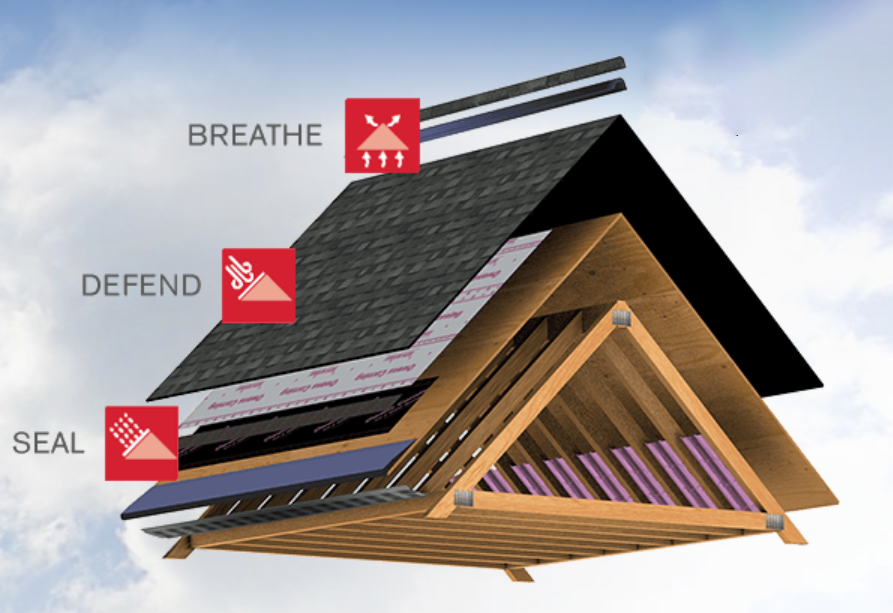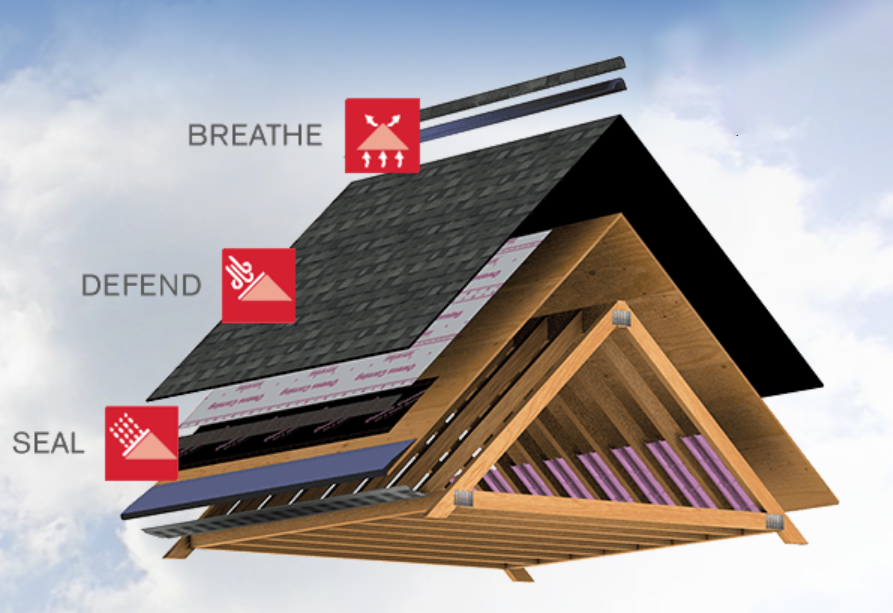Breathing membranes for roofs and walls of wooden houses
Prevent damp in a building by installing a breathable membrane. The installation will assist in keeping mould at bay, which is normally caused as a result of damp conditions. But what is breathable membrane, and how does breathable membrane work?
Many property owners and tenants face the problem of damp in buildings. It can cause serious issues, including breathing problems, frost damage and even structural damage. Breathable membrane allows an insulated building to release surplus moisture vapour into the air. This keeps the structures secure and dry.


How Does Breathable Membrane Work?
Breathable membranes are water-resistant (as well as resistant to snow and dust), but air-permeable. You would usually use them within external wall and roof structures in which the exterior cladding may not be completely water-tight or moisture-resistant, such as in tiled roofs or framed wall constructions.
The membrane is located on the cold side of the insulation. It prevents moisture that may have been getting through the external cladding from piercing further into the structure. However, their air-permeability allows the structure to be ventilated, avoiding the accumulation of condensation.
Breathable membranes also act as a secondary layer of protection to help prevent external environmental impurities such as dirt and rain from entering the structure and causing damage.
If you used no membrane, then the water would condensate and start to drip down through the structure. Over time, this would weaken the structure and make it look unappealing. It would also cause damp problems further down the line.
In addition to the above, breathable membranes can be used to improve the thermal properties of a structure. They can provide short-term protection from adverse weather conditions during essential construction or repair works.












